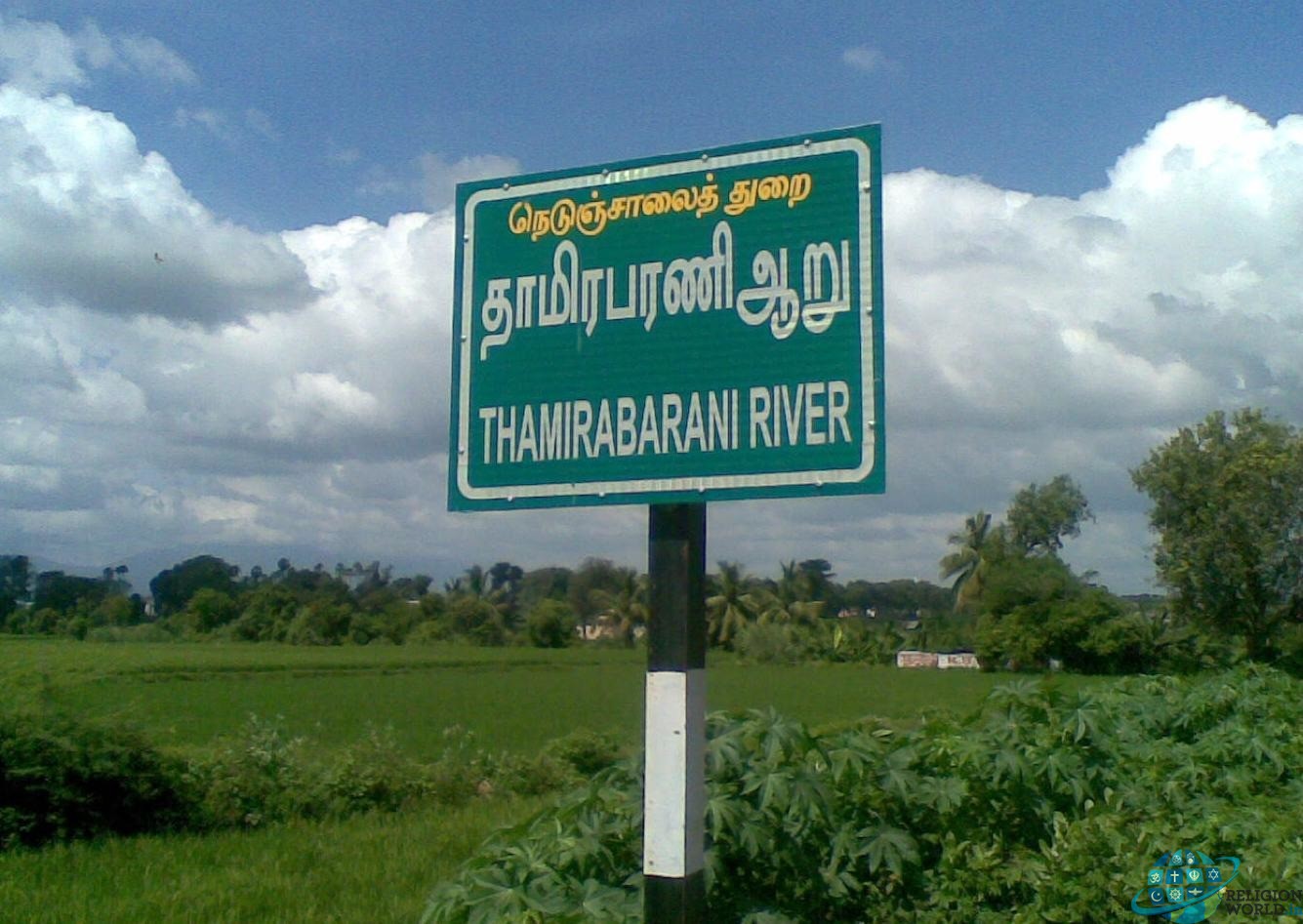Over the last two years, there was wide spread protests in Thirunelvelli district over cola companies using water from Thamirabarani. This turned into violent and bloody protest, leading to PIL being filed in high court. After two years, the Madras High Court ordered a stay, restraining companies which produced Pepsi and Coca-Coca from using the water of the Thamirabharani river. This has come as a major relief to thousands of farmers, who are dependent on the river for their agriculture, and residents who are facing severe water shortage. The online petition seeking the same has more than 82,000 supporters now.
Religion World will look at the rivers that call for immediate attention, because they have been polluted beyond repair. But the effort is to look at the river, its history, its use and how it was been brought to the state it is now. Our effort to write about these rivers is to enlighten the readers that they need attention and they can once again turn into lifeline for human race in their part. Today we bring, river flowing through Kanyakumari, Thamirabarani River.
Thamirabarani River:
“Vatratha Jeeva Nathiyaam Engal Thamirabarani Nathi”
Spelt differently as Tampraparani, Tamraparni, Tamiravaruni, etc., the river is mentioned as the Porunai nathi in Tamil poetic literature. It gets recognition and is referred to as the renowned one in Sanskrit literature references to which are as old as that of the Puranas and Epics.
Tamiraparani might, therefore mean a tree with red leaves, but, this is a strange derivation for, the name of a river and the ideas naturally suggest itself that some events or legends capable of explaining the name lies beyond.
Some scholars interpret the name Tamiraparani as Tamiram (Copper) + Varuni (stream or river). They ascribe this origin as the bed of the river is of red soil and when the water flows on the red soil it gives a copper like appearance. The Greeks of the Ptolemy’s time refer to this river as Solen.
Must Read : #KnowYourRivers : Karamana River
The Tamiraparani is a symbol of Tamil culture and civilization and an identity of the far south of India. In Tamil and Sanskrit literature of earlier times, the Pandyas were referred to as the rulers of the land where the Tamaraparani flowed.
Origin & Mythology
The Tamiraparani originates from the Periya Pothigai hills above Papanasam. The great river like the Cauvery is fed by the monsoons. The Tirunelveli Sthalapurana associates the origin of the river with sage Agasthiyar. When Agasthiyar was requested by Lord Siva to move to the South, Parvathi Devi, the divine consort of Siva filled the sage’s font meant to hold water for poojas (kamandala) with the water from the Ganges and on his arrival at Pothigai, he released it and the water ran as Tamiraparani.
According to the Tambraparni Mahatmyam, an ancient account of the river from its rise to its mouth, a string of red lotus flowers from sage Agastya at Pothigai hills transformed itself into a damsel at the sight of Lord Siva, forming the river and giving it its divine name. Other name derivations include the Pali term “Tambapanni”, “Tamradvipa” of Sanskrit speakers and “Taprobana” of ancient Greek cartographers.
In the Mahābhārata the river is mentioned as “Listen, O son of Kunti, I shall now describe Tamraparni. In that asylum the gods had undergone penances impelled by the desire of obtaining salvation”. Recognised as a holy river in Sanskrit literature Puranas, Mahabharata and Ramayana, the river was famed in the Early Pandyan Kingdom for its pearl and conch fisheries and trade.
Must Read #KnowYourRivers : Vaigai River
Tributaries
Tamiraparani is the chief river of the district which has a large network of tributaries which includes the Peyar, Ullar, Karaiyar, Servalar, Pampar, Manimuthar, Varahanathi, Ramanathi, Jambunathi, Gadananathi, Kallar, Karunaiyar, Pachaiyar, Chittar, Gundar,Aintharuviar, Hanumanathi, Karuppanathi and Aluthakanniar. The two rivers of the district which are not linked with Tamiraparani are the Nambiar and the Hanumanathi of Nanguneri taluk.
The river drains with its tributaries an area of about 4400 sq. km. As most of its extensive catchments areas lay in the Western ghats, the river enjoys the full benefit of both the monsoons which make the river perennial. Since all its tributaries are arising from the Western ghats, the river is prone to heavy floods especially during the North East monsoon.

Dams
The many anicuts, dams and reservoirs on the Thamirabarani river, along with those on the Manimuthar River, provide a large proportion of the water for irrigation and power generation for Tirunelveli district. It is fed by both the monsoons – the south west and the north-eastern and is seen in full spate twice a year if the monsoons do not fail. Seven anicuts were constructed during the period of ancient and medieval rulers and the last anicut namely the Srivaikundam anaicut was constructed and completed by the British in 1869.
Ecological Issues
After the Madras High Court banning the Coca Cola and Pepsi companies, there has been almost standstill of water being drawn out of the river. But other ecologically disturbing activities still continue to haunt the river. The most worrying issue is the mixing of sewage, industrial effluents, dumping, etc into the river.
Though sand mining in this river was banned in 2010 but it still continues illegally. Illegal encroachments of the river banks are yet another big concern. Many industries are discharging untreated sewer into the river. Untreated sewer of Ambasamuthiram, Tirunelveli, Papanasam, etc is bigger problem.
————
Must Read : #KnowYourRivers : Noyyal River









